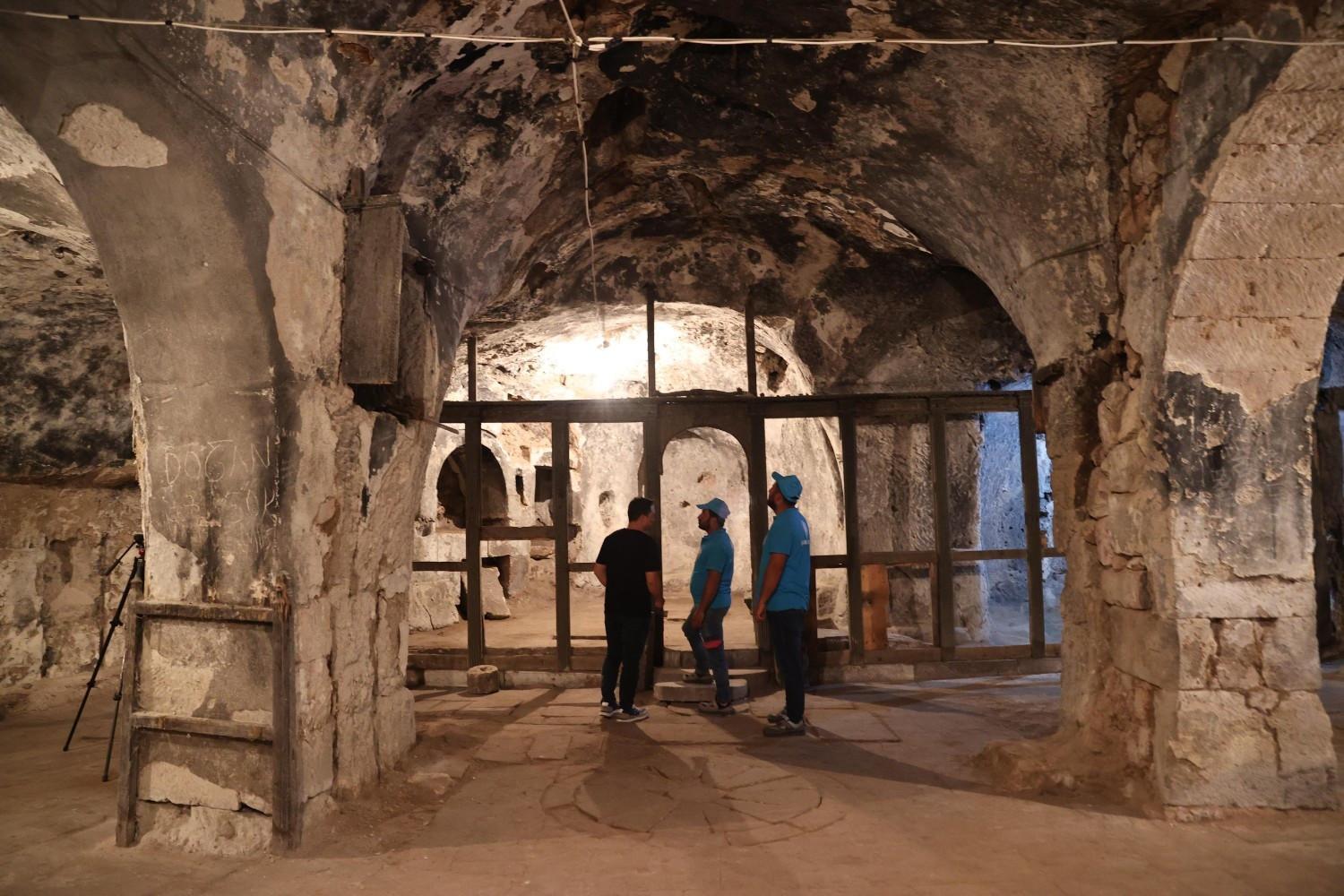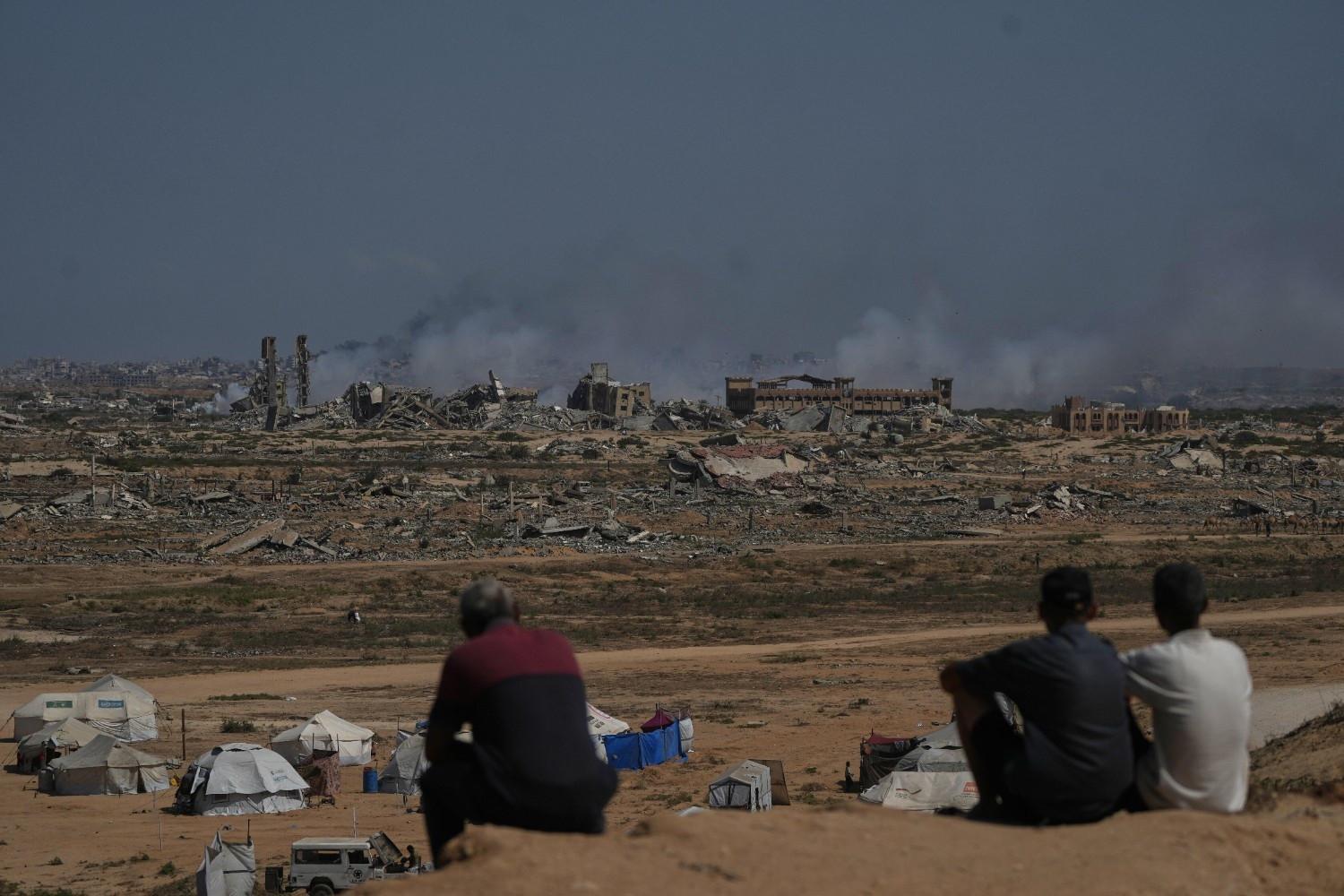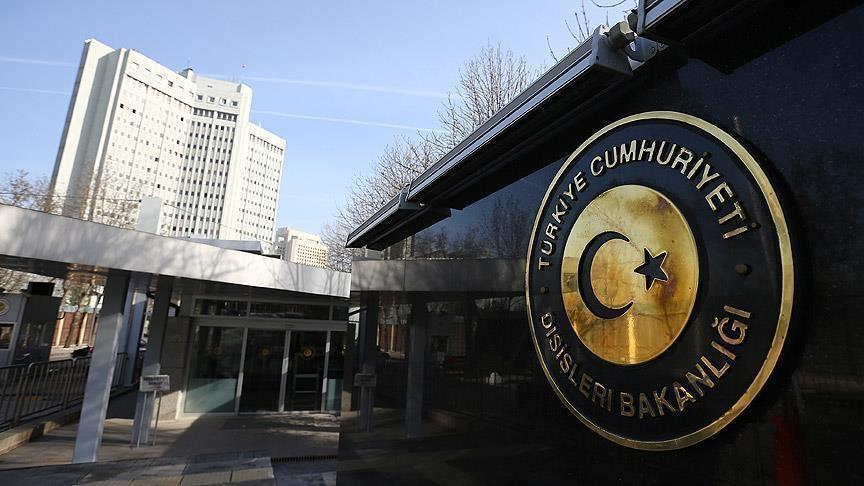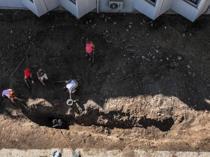Historic underground monastery in Nevşehir set for revival as tourism hub
NEVŞEHİR

Authorities in the central province of Nevşehir are working to restore a historic underground monastery, with plans to open the centuries-old site to tourism.
Hidden beneath a derelict building in the city’s town of Derinkuyu and first uncovered in the 1990s, the Aya Maryeros Underground Monastery was once believed to have served as one of the world’s earliest treatment centers for the mentally ill.
According to some historical sources, it was used for this purpose as early as the 4th century during the Byzantine period under the supervision of Christian clerics.
Carved into rock and featuring tunnels, living quarters, cellars and galleries, the complex bears similarities to the area’s famed underground cities.
“This is considered the oldest known treatment center of its kind in the world,” said Derinkuyu Mayor Taner İnce. “Although it has survived from ancient times, it has not yet been introduced into our tourism network. Once expropriation is completed, we will be able to proceed more quickly with plans to open it as a museum.”
İnce noted that the site was once in a state of neglect, filled with rubble.
Municipal teams have since removed large volumes of soil and waste, installed temporary lighting and put safety measures in place with local security forces.
Historian Eray Karaketir said the site is one of many subterranean complexes built in Cappadocia by Christians fleeing persecution during the Eastern Roman era.
The monastery lies some 10 to 15 meters below the surface, Karaketir said, adding that the tunnels may have been connected to the town’s extensive underground city.
He noted that parts of the site had been damaged by treasure hunters, with wooden frames and stone columns broken, but ongoing restoration is helping stabilize and expand access to the complex.
Authorities believe the opening of the monastery will complement existing attractions in Derinkuyu, which already draws visitors to its renowned underground city, and add a distinctive layer to the region’s rich cultural landscape.
















